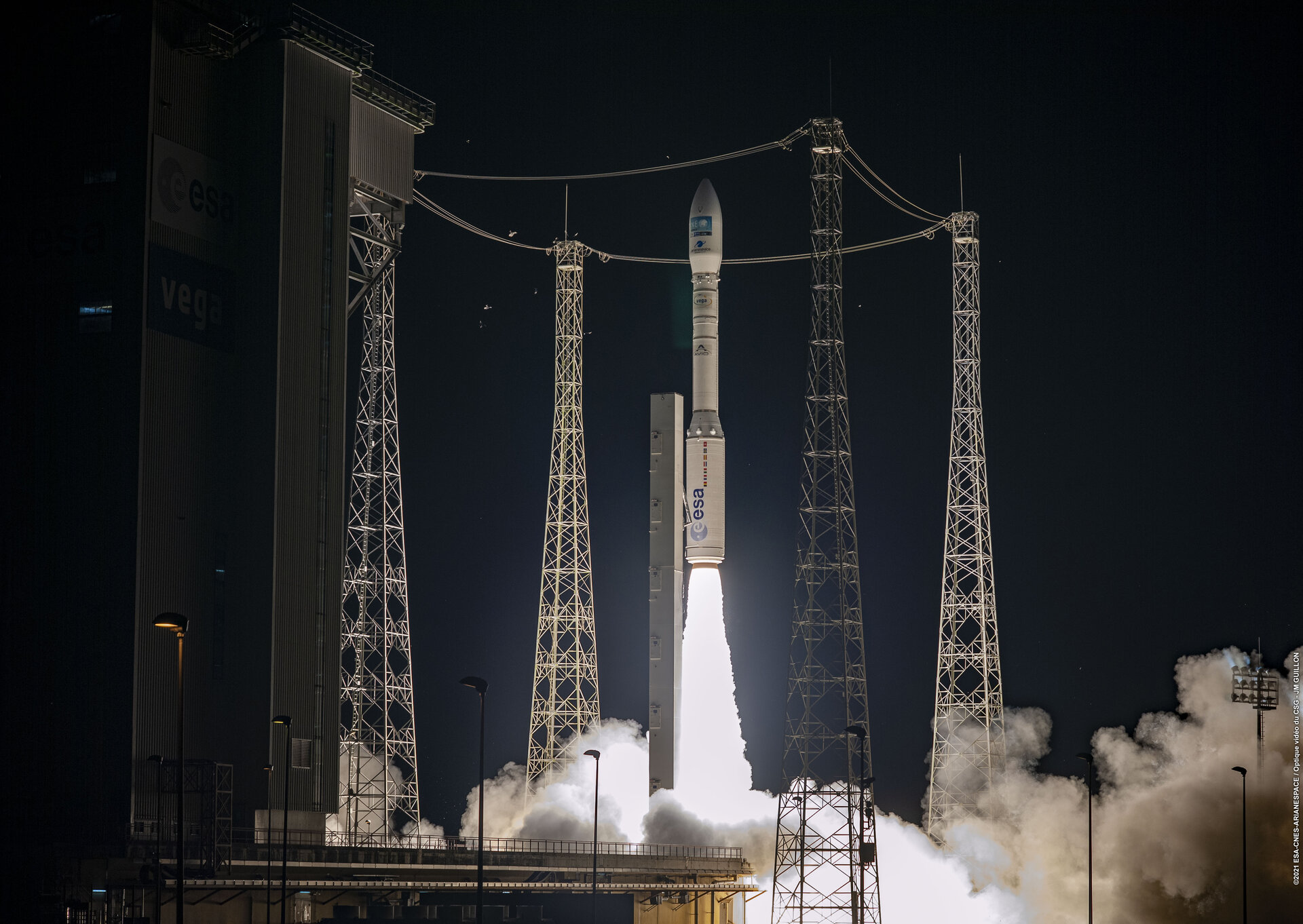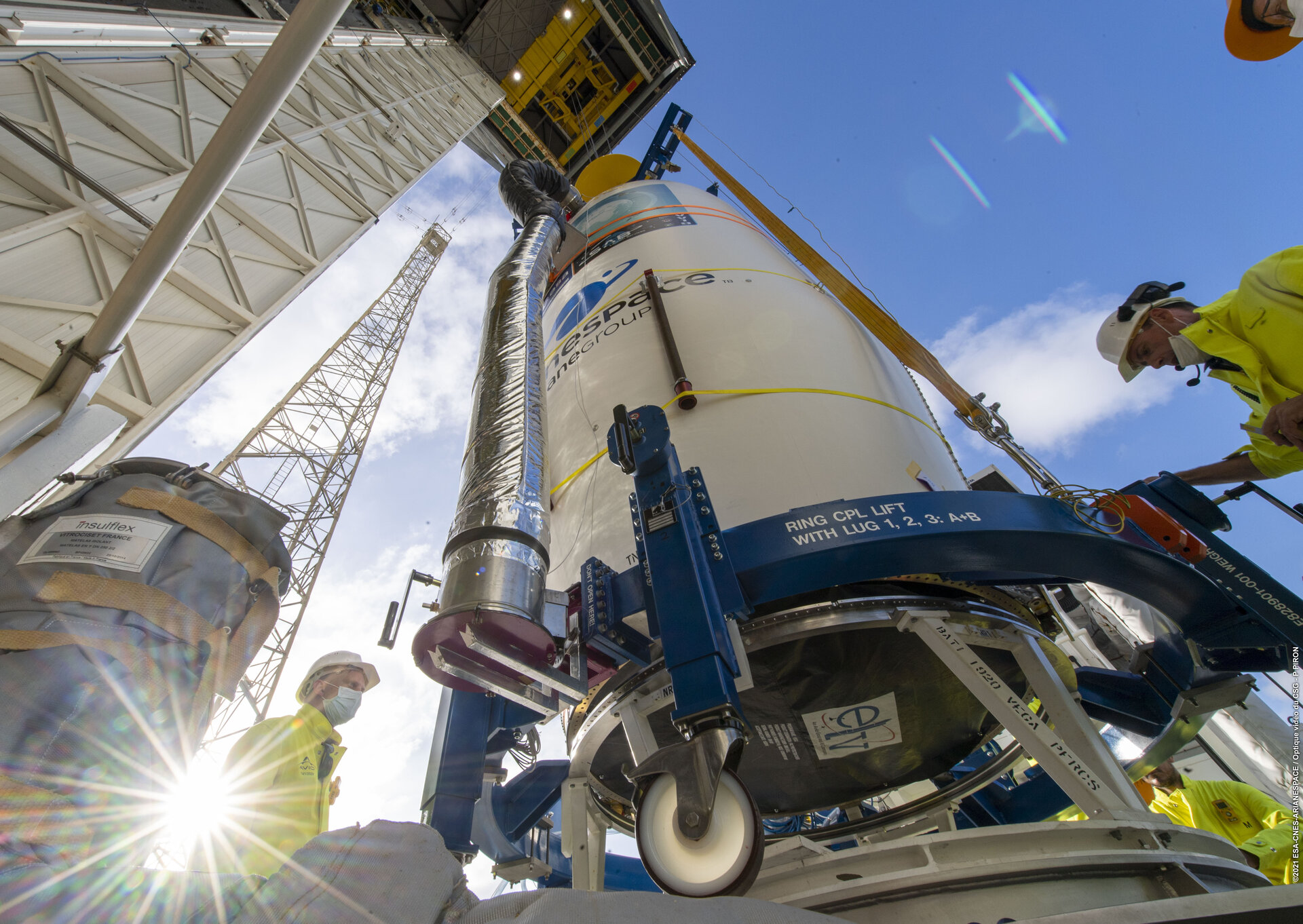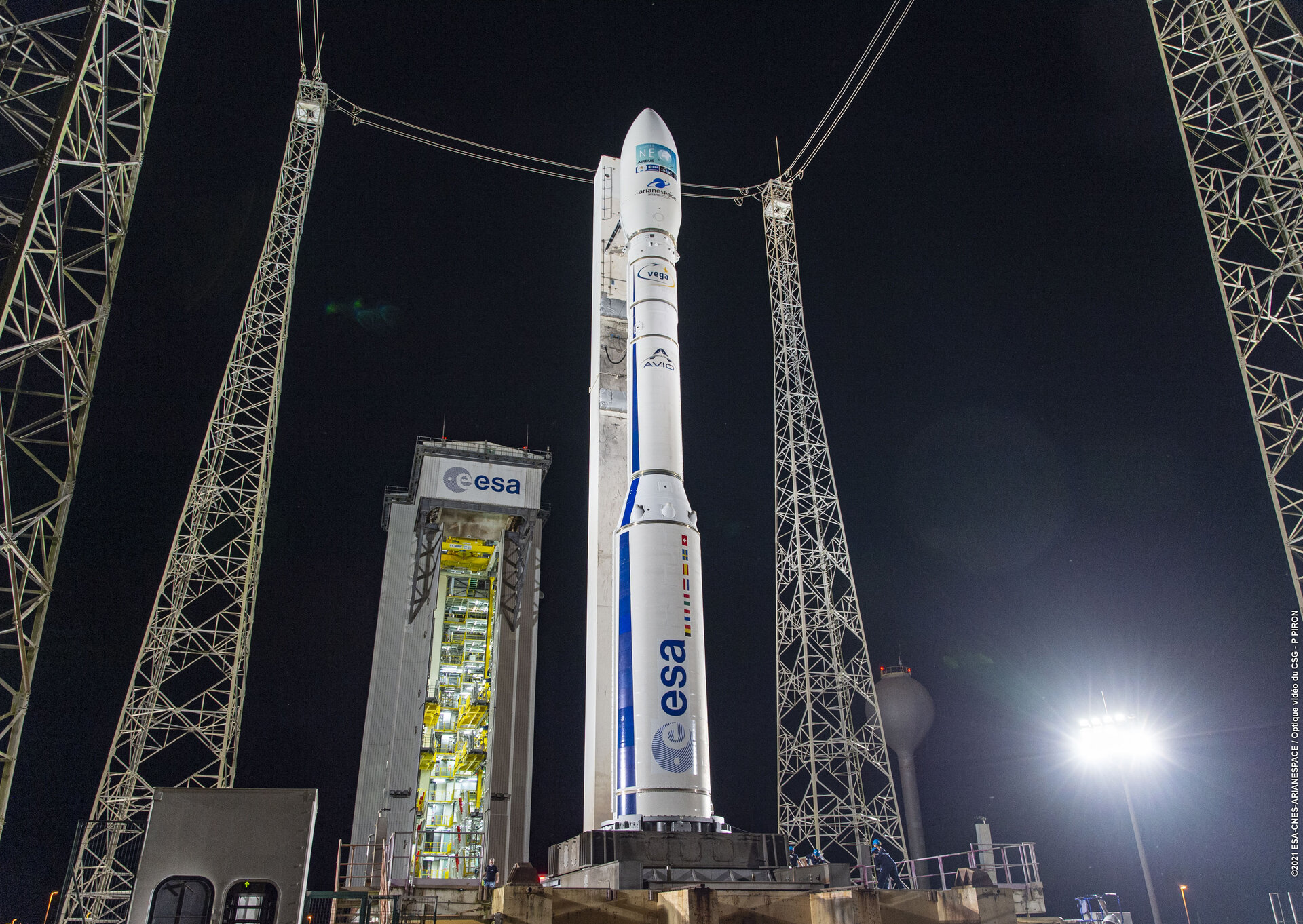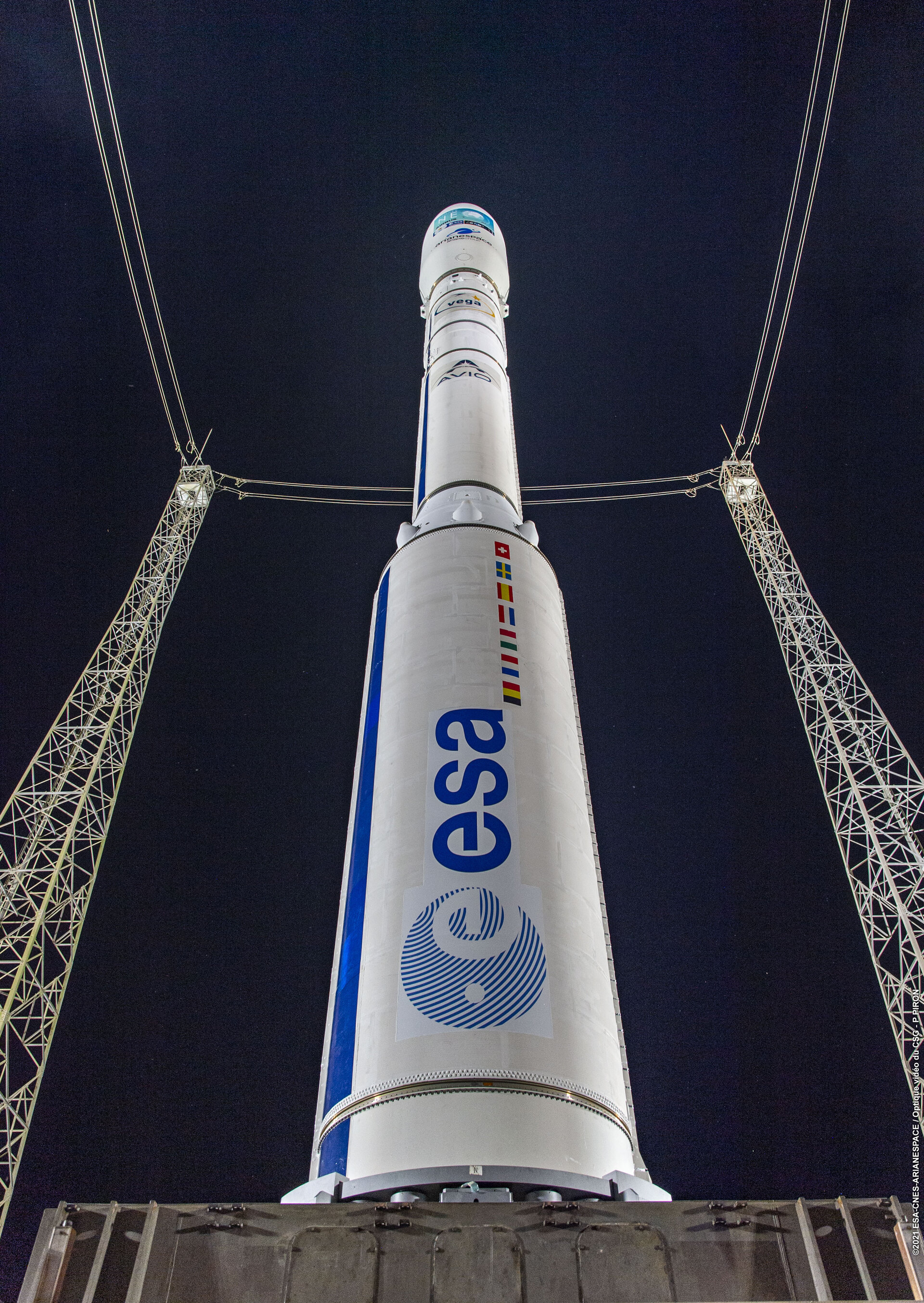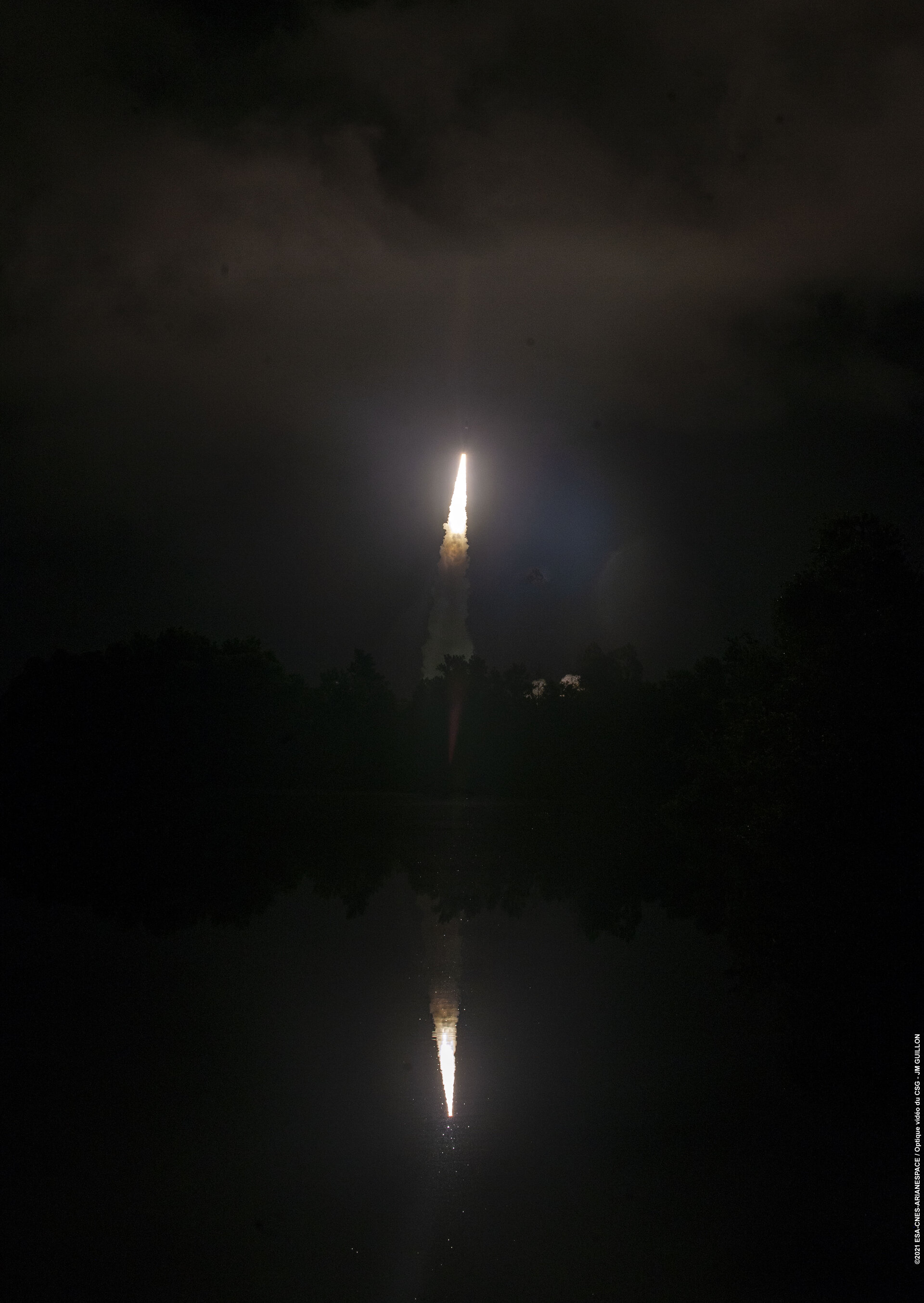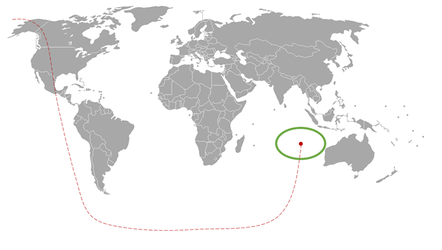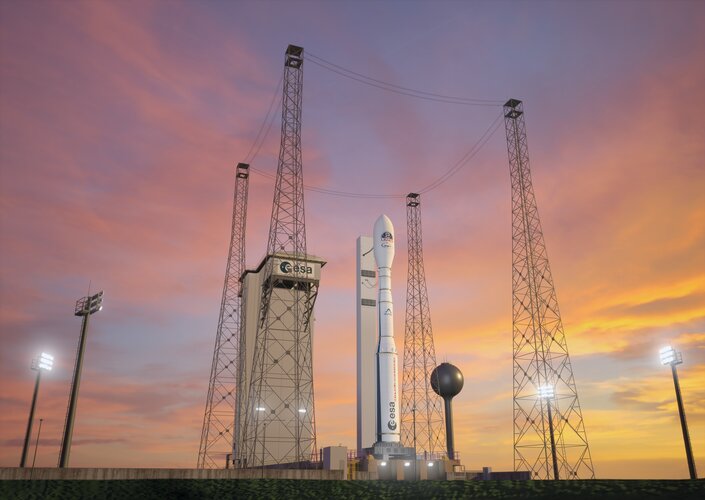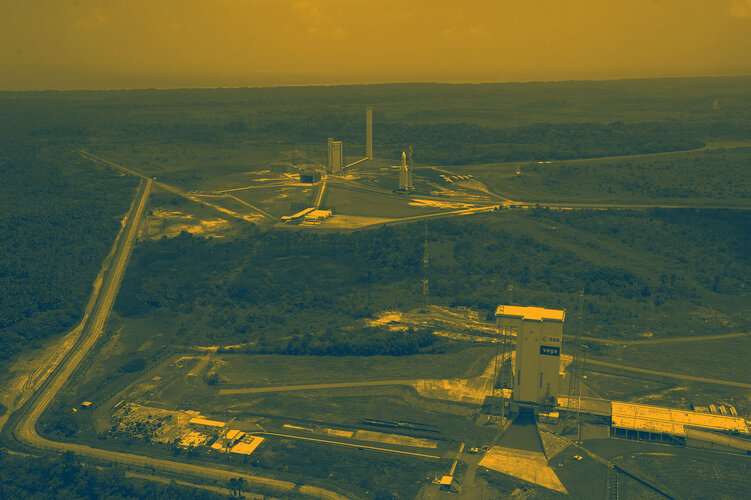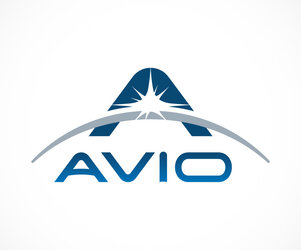Vega launches Pléiades Neo and CubeSats
Europe’s Vega has delivered Pléiades Neo-4 and four auxiliary payloads, SunStorm, RadCube and LEDSAT developed through ESA, and BRO-4, to their planned orbits.
Liftoff of flight VV19 from Europe’s Spaceport in French Guiana came at 02:47 BST on 17 August (03:47 CEST; 22:47 local time on 16 August) for a mission lasting about 105 minutes.
Pléiades Neo-4, the primary payload with a launch mass of 922 kg, was the first to be released into a Sun-synchronous orbit about 55 minutes into the mission.
Then, following two burns interrupted by a ballistic phase lasting 41 minutes, Vega’s upper stage released four auxilliary payloads in a coordinated sequence.
To comply with debris regulations to help keep space clean, the upper stage burned a final time to deorbit itself to ensure direct reentry and burn up high in the atmosphere over the ocean.
Pléiades Neo-4 is an Earth observation satellite owned and operated by Airbus Defence and Space. It is the second of a constellation of four satellites to provide very high-resolution images of Earth’s surface several times per day to a 30 cm per-pixel resolution. This data will be used to monitor the effects of climate change, for mapping, in defence, and will offer near-real time emergency service response capabilities over the next 10 years. Pléiades Neo-4 joins Pléiades Neo-3 which was launched on Vega’s first launch this year.
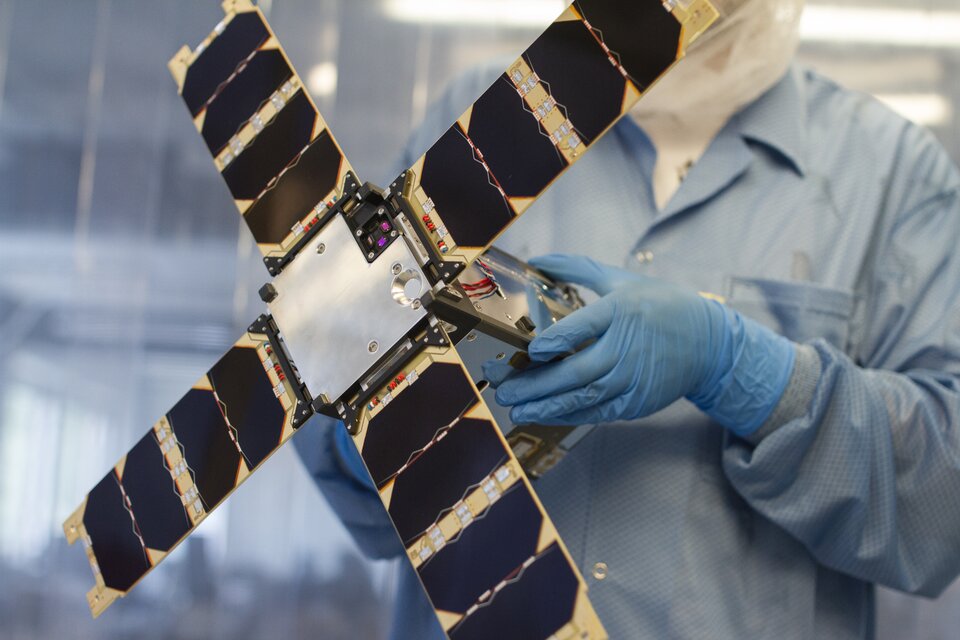
Sharing this launch were three CubeSats from ESA: SunStorm, RadCube and LEDSAT.
SunStorm and RadCube will demonstrate miniaturised space weather instruments for use in later operational space weather missions and have been developed through ESA’s General Support Technology Programme (GSTP).
SunStorm, a two-unit CubeSat built and operated by Reaktor Space Lab in Finland, hosts a new solar X-ray flux monitor which will detect coronal mass ejections from the Sun which threaten satellites and terrestrial power and communications networks. It demonstrates a novel ant-sized silicon drift detector, developed by Isaware in Finland, a technology planned to be used on the ESA Lagrange space weather mission.

RadCube is a three-unit CubeSat built through a collaboration led by C3S in Hungary. It will demonstrate a new CubeSat platform from C3S and a new space weather in-situ monitoring instrument called RagMag. The instrument consists of a radiation telescope developed by the Centre for Energy Research in Hungary, and a magnetometer developed by Imperial College London in UK, which is to be deployed on the end of a boom system developed by Astronika in Poland. It carries an experiment to show how radiation in space damages electronics, which will lead to safer components and spacecraft.

LEDSAT is a student project from La Sapienza, University of Rome, Italy, supported by the ESA Education Office via the Fly Your Satellite! programme. LEDSAT is covered with 140 Light Emitting Diodes (LED) which can light up when it is not illuminated by the Sun. This enables extended optical tracking of satellite position, attitude and velocity by ground-based telescopes, and will be used to perform preliminary tests on optical communications.
In addition, BRO-4 (Breizh Reconnaissance Orbiter) is one of a constellation of satellites developed by French startup company, UnSeenLabs. BRO-4, is a shoebox-sized spectrum monitoring and electromagnetic intelligence service for maritime and aerial traffic surveillance. A planned constellation by 2025 will comprise 20–25 nanosatellites.
Vega has been in operation since 2012 and is ideal for launching light satellites to multiple orbits in a single launch. It is a 3 m-diameter single-body vehicle comprising four stages. It stands 30 m tall with a liftoff mass of 137 tonnes. The total payload mass for this launch was about 1029 kg.
“We celebrate another Vega success while we gear up for the transition to the enhanced Vega-C version and prepare future evolutions of this launch system beyond 2025. We’re progressing on all these fronts in parallel. Vega is and will remain an essential element of European space transportation logistics,” commented Daniel Neuenschwander, ESA Director of Space Transportation.


